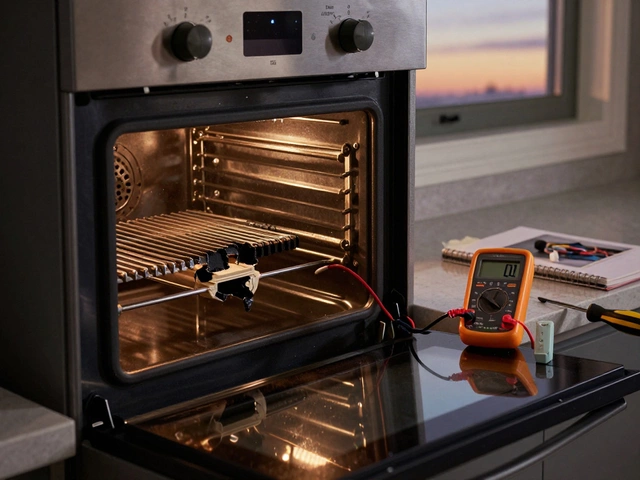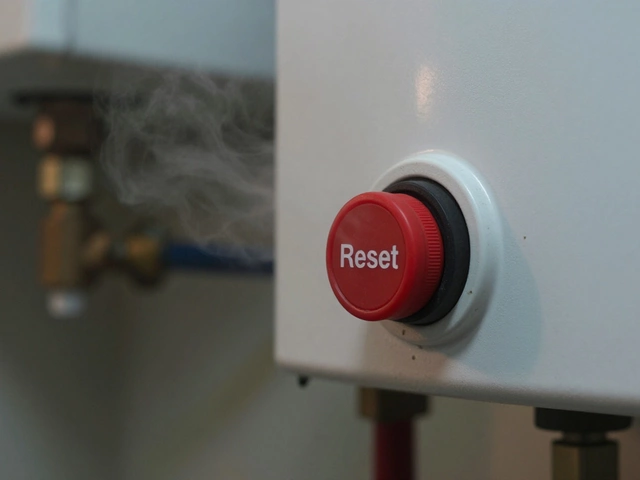Kitchen Exhaust: What You Need to Know
When working with kitchen exhaust, the system that pulls smoke, steam and odors away from your cooking area. Also known as range hood, it keeps indoor air fresh and reduces fire risk. A proper extractor fan, the mechanical heart of the exhaust is essential; without it the whole setup fails. The fan’s performance hinges on airflow (measured in cubic feet per minute, or CFM) that moves air through the ductwork. Kitchen exhaust must also meet UK building regulations, which set minimum ventilation standards for safety and energy efficiency. In short, kitchen exhaust encompasses extractor fans, requires adequate airflow, and is influenced by building codes.
Key Factors When Choosing a Kitchen Exhaust
First up, size matters. Pick a fan that can handle at least 100 CFM for every 10 square feet of cooking surface – that rule of thumb keeps grease and heat from building up. Noise rating is another real‑world concern; a fan that whispers at 40–50 dB won’t drown out conversation. Look for models with multiple speed settings so you can balance power and quiet. Energy‑star ratings aren’t just for fridges; they tell you the motor runs efficiently, cutting electricity bills. Finally, consider the style – wall‑mounted, ceiling‑suspended or island – and make sure the duct path is short and straight to avoid pressure loss. All these choices tie back to the core goal: clear, safe air without sacrificing comfort.
Installation is where most DIYers slip up. Forgetting to seal duct joints leads to back‑drafts, and overlooking the required external vent height can breach the building regulations you read about earlier. Always verify the vent outlet is at least 12 inches above any windows or doors to stop exhaust from pulling fresh air back inside. Regular maintenance – wiping the filter weekly, checking the fan blades for grease buildup, and inspecting the duct for blockages – extends the life of the system and keeps performance on point. When you follow these steps, the whole kitchen works smoother, meals smell better, and you stay clear of fire hazards. Below you’ll find a curated set of articles that dive deeper into fan selection, legal requirements, noise control, and hands‑on troubleshooting, giving you everything you need to master your kitchen exhaust setup.
Exploring whether it's feasible to skip installing an extractor fan at home, this article delves into the purpose and benefits of having one. It discusses the impact on indoor air quality, moisture control, and odor management. It also offers alternatives and practical tips for households pondering this common question.


